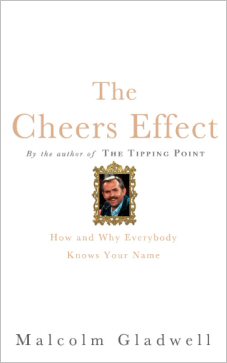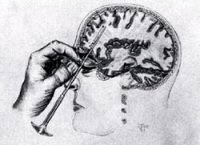Quick links from the past week in mind and brain news:

Discover Magazine interviews the neuroscientist of love – who seems to have three hands in the photo. Imagine.
Is anorexia more strongly influenced by size zero models in the mass media or use of online social networking? Neuroskeptic covers a fascinating new study.
New Scientist has a Valentine’s day optical illusion for you. Insert small penis joke here.
Footage of one of the last few groups of supposedly ‘uncontacted people’ on the planet is given a brilliant write-up by Neuroanthropology.
Slate has a short but incisive critique of behavioural economics.
Let’s say good-bye to the straw-feminist, says an excellent piece by Cordelia Fine on the science of sex differences on PLoS Blogs. If, of course, we can also agree to say goodbye to the straw sexist.
BBC News has a fascinating piece on the stigma of Japan’s ‘suicide apartments‘.
There’s a fantastic write-up of the recent Maudsley debate on whether Female Sexual Arousal Disorder is a fabrication on the BMJ Blog.
Discover Magazine has a piece on how depression dulls the senses.
A funny and charming newspaper correction is picked up by the ever intriguing Language Log.
Nature News reports on a new study finding that antipsychotics cause small but reliable brain shrinkage. Also Reuters reports on a study finding a risk to heart function even early in treatment.
White matter differences in pre-op transsexuals should NOT be the basis for childhood Interventions. The Neurocritic catches some potentially dangerous woolly thinking on gender and brain scans.
Science News has an in-depth article that looks at the role of the amygdala in picking out rewards in a piece that helps dispel the persistent ‘fear centre’ stereotype.
Along similar lines, the Eide Neurolearning Blog has a short but interesting piece on a study on amygdala size and the size of our social network.
Science reports that happy people live longer. Typical.
Tim Salmon wrote a book about his personal experience of schizophrenia and he takes part in a thoughtful interview over at Frontier Psychiatrist.
Discover Magazine has an excellent article on prosopagnosia – the condition sometimes inaccurately called ‘face blindness’.
Bluma Zeigarnik was a hauntingly beautiful Russian psychologist after whom the Zeigarnik Effect is named. PsyBlog look at what it tells us about beating procrastination in a brilliantly written post.
The Fortean Times covers a London art exhibition inspired by CIA mind-control experiments.
fMRI Beatbox. New Scientist short article with embedded video. Finishes with the wonderful line “If you enjoyed this video, you might also like to watch a couple having sex in an MRI scanner.” Uncanny.
Miller-McCune reports on a study finding that sexy female presenters distract male viewers from absorbing the news. Or, the news distracts… oh forget it.
 A remarkably accurate account of the learned helplessness theory of depression as recounted in the lyrics of downbeat hip-hop track ‘Something Inside My Head’ by London based rapper Akala.
A remarkably accurate account of the learned helplessness theory of depression as recounted in the lyrics of downbeat hip-hop track ‘Something Inside My Head’ by London based rapper Akala.

 The addiction journal Substance Abuse has two
The addiction journal Substance Abuse has two 
 The New York Times
The New York Times 

 While in Barcelona I discovered a fantastic psychiatry-themed sweet shop called Happy Pills which sells every possible candy you could imagine packaged into mood-lifting pill bottles.
While in Barcelona I discovered a fantastic psychiatry-themed sweet shop called Happy Pills which sells every possible candy you could imagine packaged into mood-lifting pill bottles.

 New stimulant street drug
New stimulant street drug 
